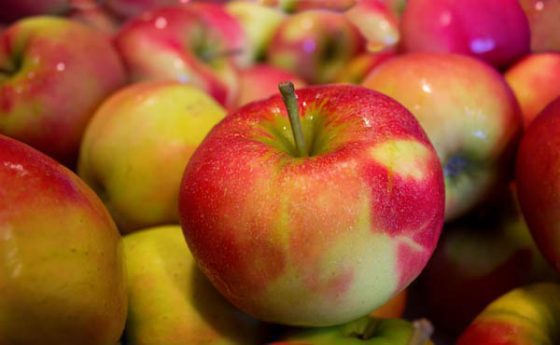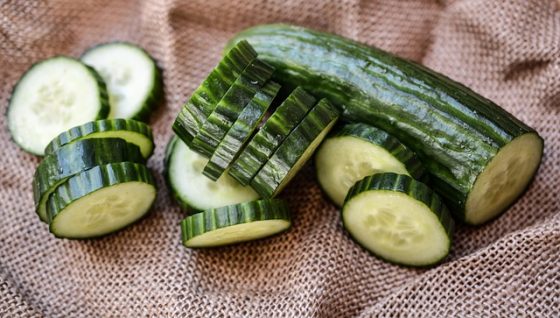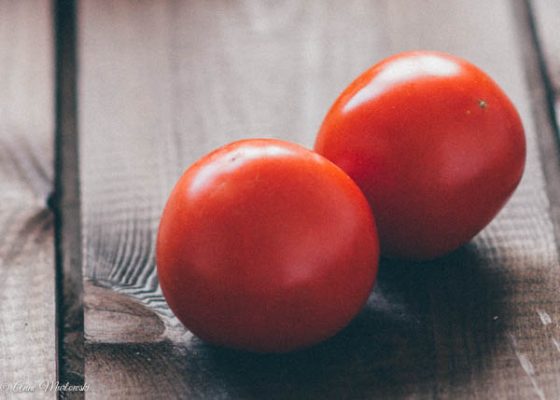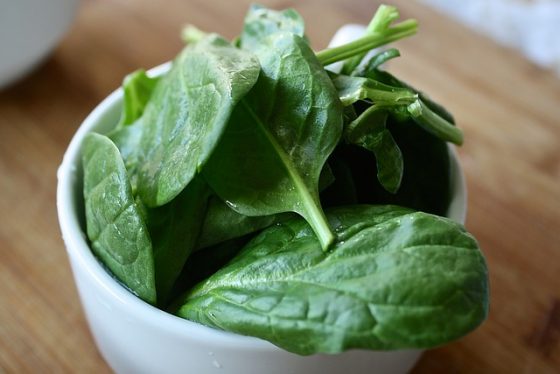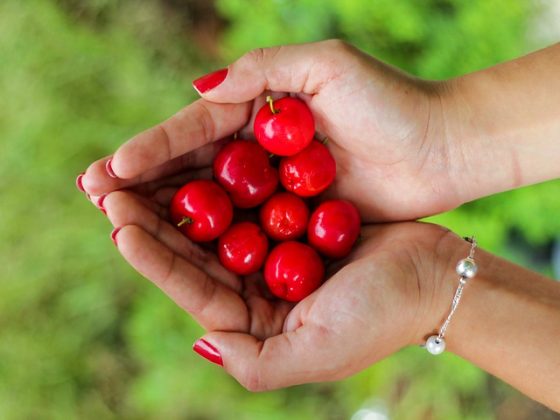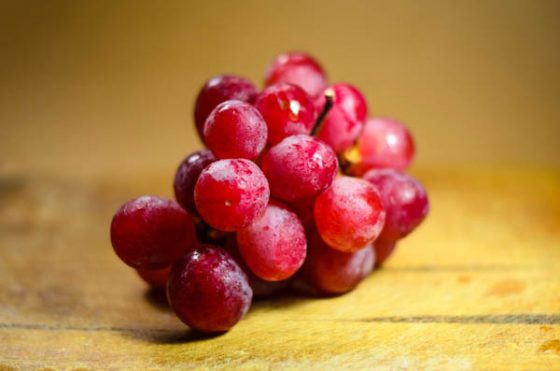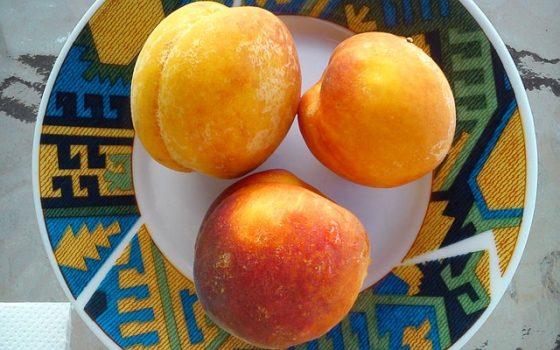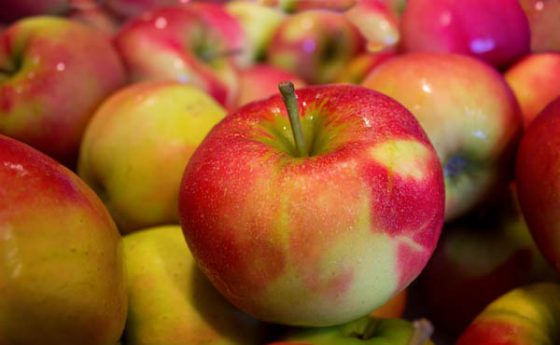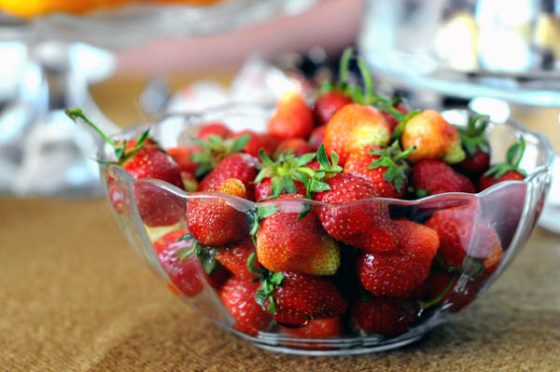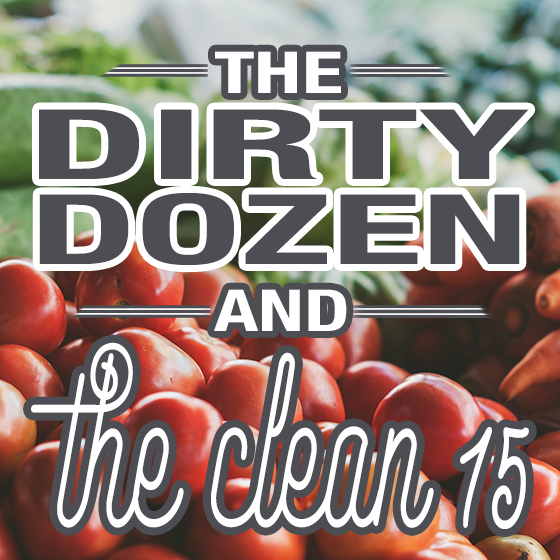Eating healthy starts with making sure that plenty of fruits and vegetables are a part of your family’s diet. It’s widely accepted that eating organic produce is better for both your health and the environment, but sometimes the price point of organic fruits and vegetables is not cost effective. Instead of altering your entire grocery budget, you can make healthy choices by prioritizing only the organic products that are the worst offenders when it comes to pesticide and fertilizer use.
Every year the USDA tests produce for chemical use and releases a list of what products have the most pesticide residue. Tests are conducted by preparing the produce in the manner most individuals consume it. For example, bananas are tested without their peel because peels are typically removed prior to eating.
Fruits and vegetables with the most pesticide residue continued to show pesticides after washing and sometimes after peeling! Most produce has a minimum of 1 or 2 chemicals found after proper preparation.
While we are years away from understanding the lasting impact of pesticide exposure there is evidence that children may be the most vulnerable to the hazardous effects of chemicals found in food. The Dirty Dozen outlines the produce with the worst ratings and the ones that if you can only purchase some organic items, what you should buy first.
Dirty Dozen
Cucumbers
Cherry Tomatoes
Sweet Bell Peppers
Tomatoes
Spinach
Cherries
Grapes
Celery
Peaches
Nectarines
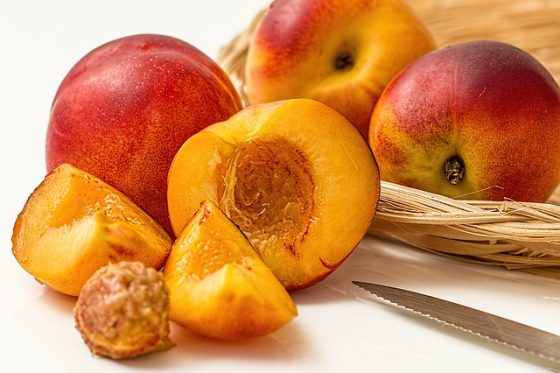
Apples
Strawberries
The average American eats 8 pounds of strawberries per year – including dozens of pesticides! In 2014 the USDA found an average of 7.75 different pesticides per sample and 98% of those tested had a residue of at least 1 pesticide. Other Dirty Dozen culprits include 98% of peaches, nectarines, and apples tested for one pesticide residue. Sweet bell peppers and grapes contained as many as fifteen pesticides! Leafy greens, specifically kale, have special warnings from the Environmental Working Group because they contain trace levels of hazardous pesticides that are toxic to the nervous system.
If you regularly consume produce that is found on the Dirty Dozen it might be time to consider buying organic for those items in particular. If that is not possible, make sure to wash and peel all produce thoroughly before cooking. Seventy-five percent of pesticide residue can be removed with thorough cold water washing. For produce with the most pesticide use, like strawberries, washing with salt water is an additional precaution that will assist with the removal of additional chemicals.
Making the choice to select some organic items over others will not only lower the amount of chemicals you consume regularly but also help you avoid GMO’s, antibiotics and hormones.
The EPA has reported that the most pesticide consumption (over 90%) is through meat, poultry, fish, eggs and dairy products. Animals are fed by-products, grain and produce that is often heavily treated with chemicals. Pesticides and toxins are found in the highest concentration in meat products that are high in fat. Low-fat meats, like chicken or shrimp are typically found to have lower levels of remnant pesticides. When evaluating your food budget, the best way to avoid additional pesticide intake is by selecting organic meat in addition to avoiding items on the Dirty Dozen list.
It’s not all bad news! The Dirty Dozen’s more happy produce cousin list outlines the Clean 15 that are frequently found to have the lowest level of pesticides.
Vegetables on the “Clean 15” list rarely test for multiple pesticides and all fruit samples on the list tested for 4 or fewer types of pesticides. One percent of avocados showed any type of detectable pesticide residue and the majority of cantaloupes, kiwi, mangos, papayas and pineapples had no residue in testing.
Clean 15
- Onions
- Avocado
- Sweet Corn (watch for GMOs)
- Pineapple
- Mango
- Sweet Peas
- Eggplant
- Cauliflower
- Asparagus
- Kiwi
- Cabbage
- Watermelon
- Grapefruit
- Sweet Potatoes
- Honeydew Melon
No matter what decisions you make with regards to choosing between conventional or organic produce – eating the proper amount of vegetables is important for the entire family. Less than one third of adults consume the recommended amount of produce each day. (The U.S. Centers for Disease Control and Prevention recommends at least two servings of fruit and three servings of vegetables for adults.)
Looking for more tips on eating organic? Check out Eating Organic on a Budget.
Photo Credits: PixaBay, Pexels
Sources: Environmental Working Group , USDA Food & Nutrition



































